MGT2OBE Assessment: Personality and Organizational Behavior Essay
VerifiedAdded on 2022/11/28
|8
|1574
|134
Essay
AI Summary
This essay delves into the critical relationship between personality and organizational behavior. It begins by highlighting the significance of understanding human behavior within organizations, emphasizing the role of organizational behavior studies in assessing employee perceptions and decision-making processes. The essay then provides a detailed analysis of the "Big Five" personality dimensions: extroversion, agreeableness, conscientiousness, neuroticism, and openness, illustrating how these traits manifest in the workplace and influence individual and team dynamics. Furthermore, the essay explores practical applications of the Big Five model, presenting two scenarios where managers can leverage this theory to shape employee behavior, such as enhancing motivation, developing effective teams, and improving job satisfaction. The essay concludes by summarizing the key insights and reinforcing the importance of personality assessment in fostering a productive and harmonious work environment. The essay follows the guidelines of the assignment brief provided by the university, including an introduction, critical analysis, practical application, and conclusion, along with proper APA 6 referencing.
1 out of 8
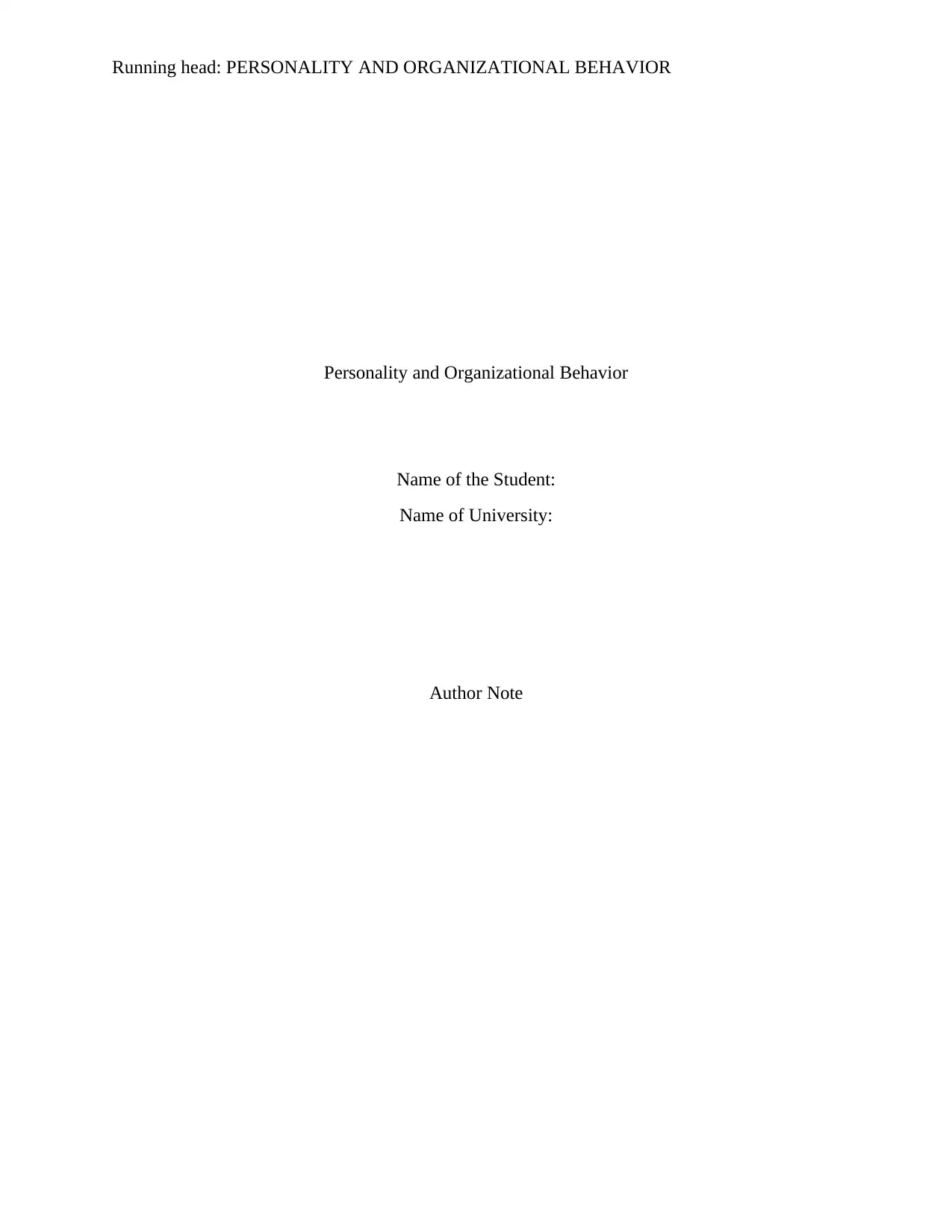
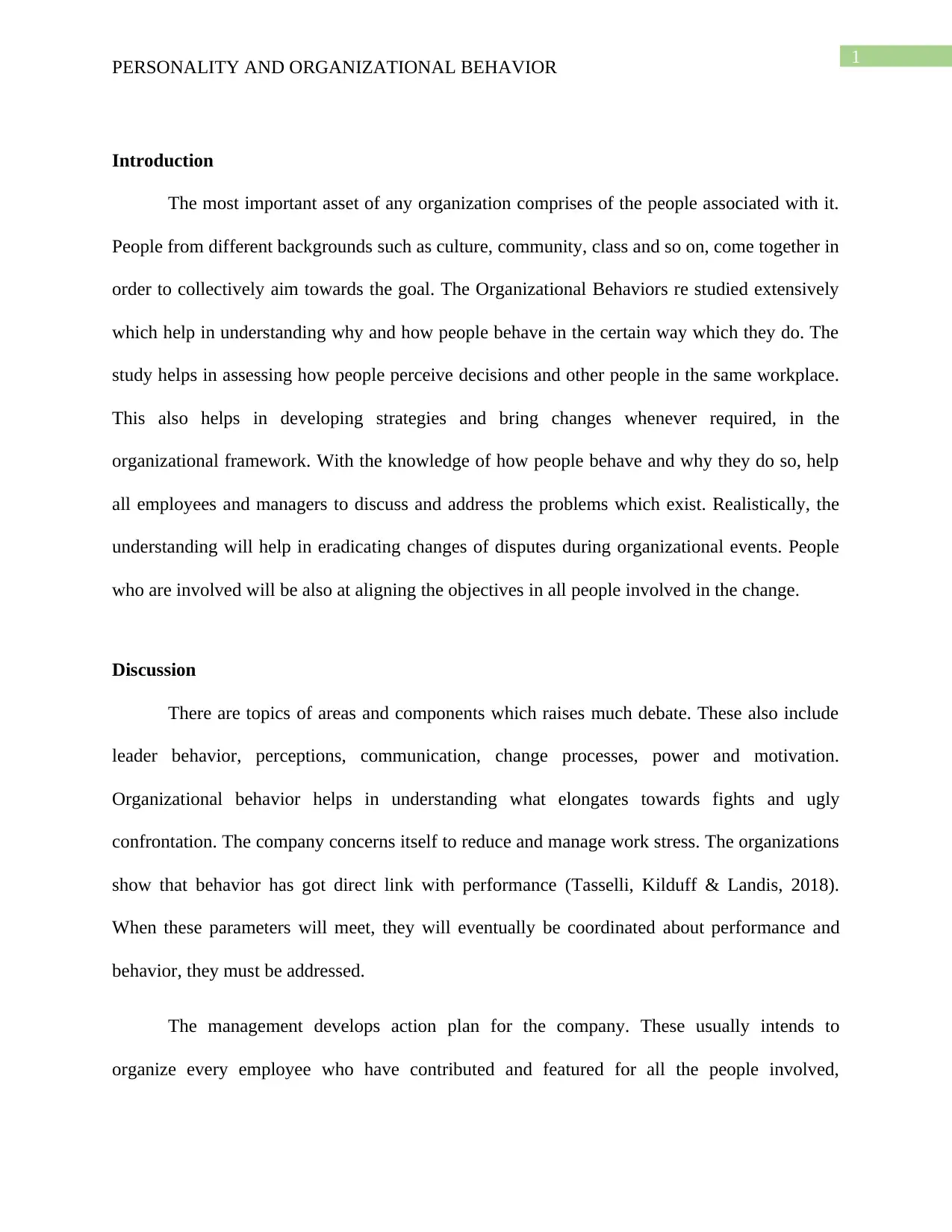
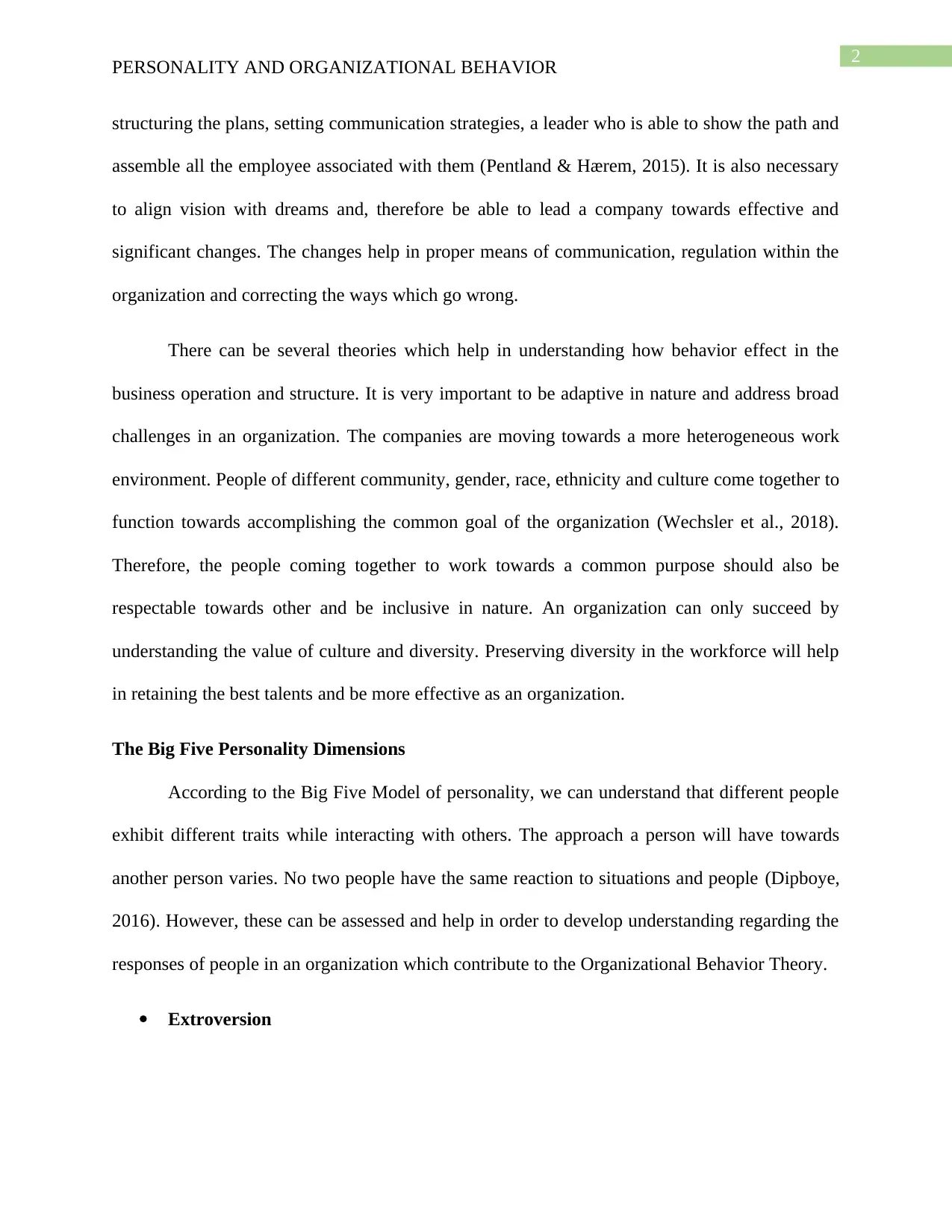
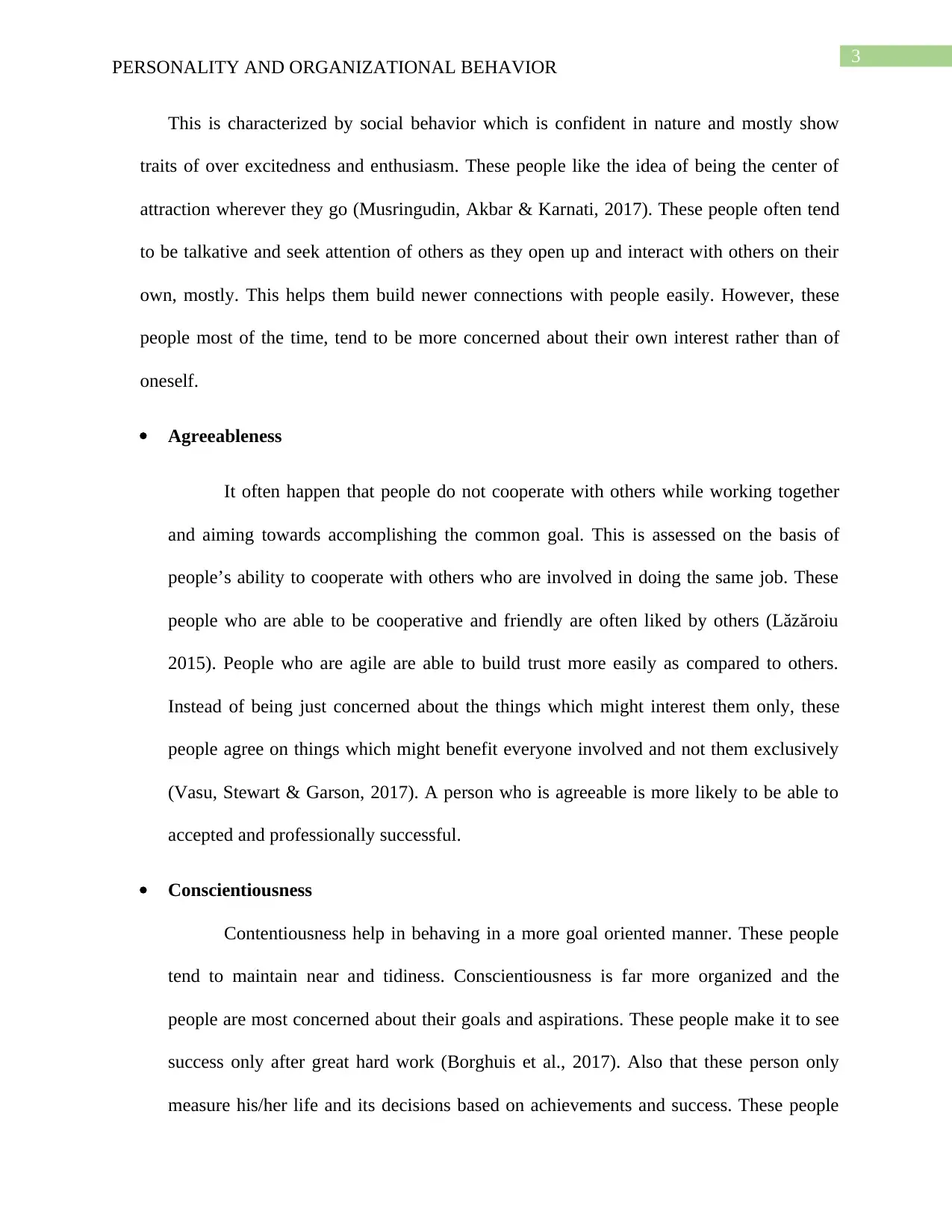
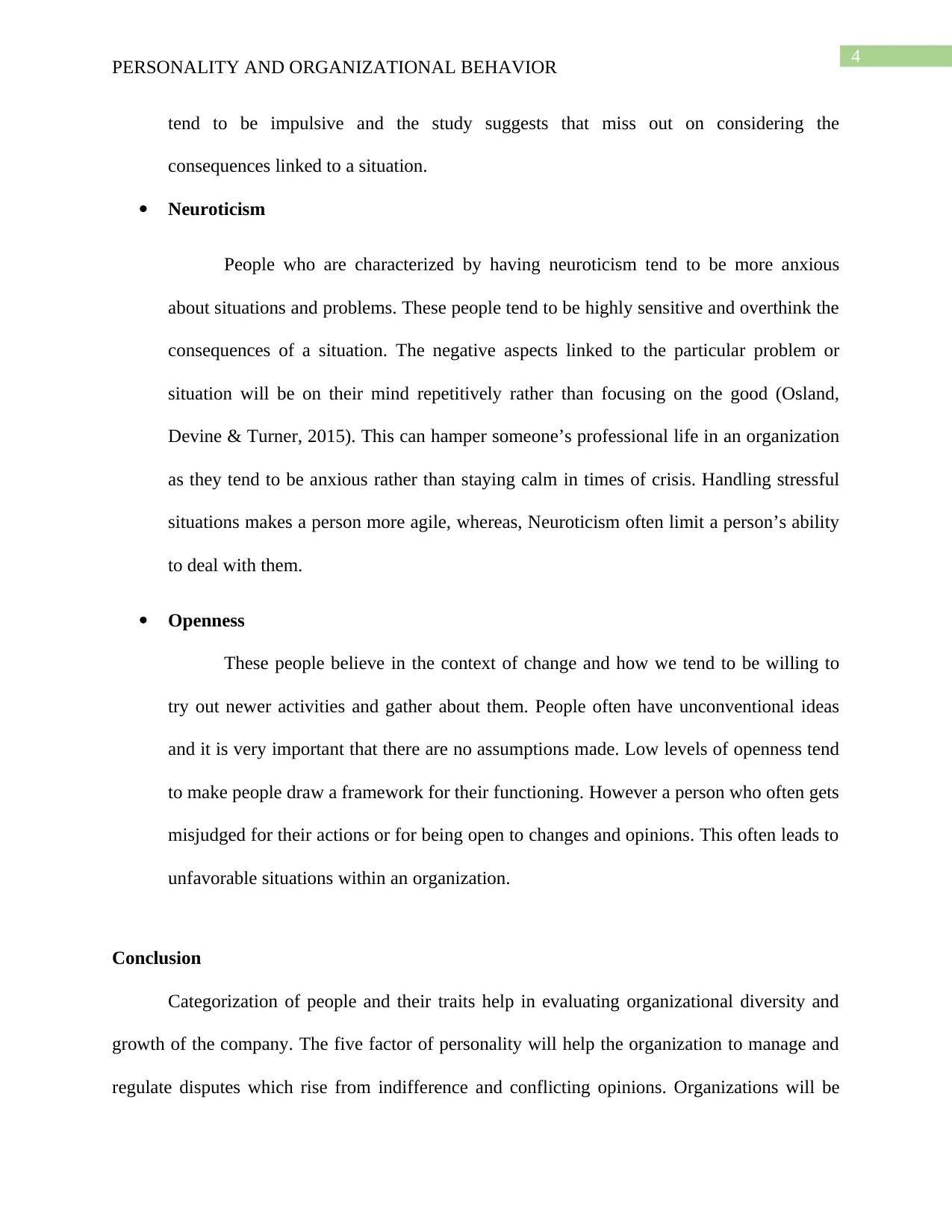
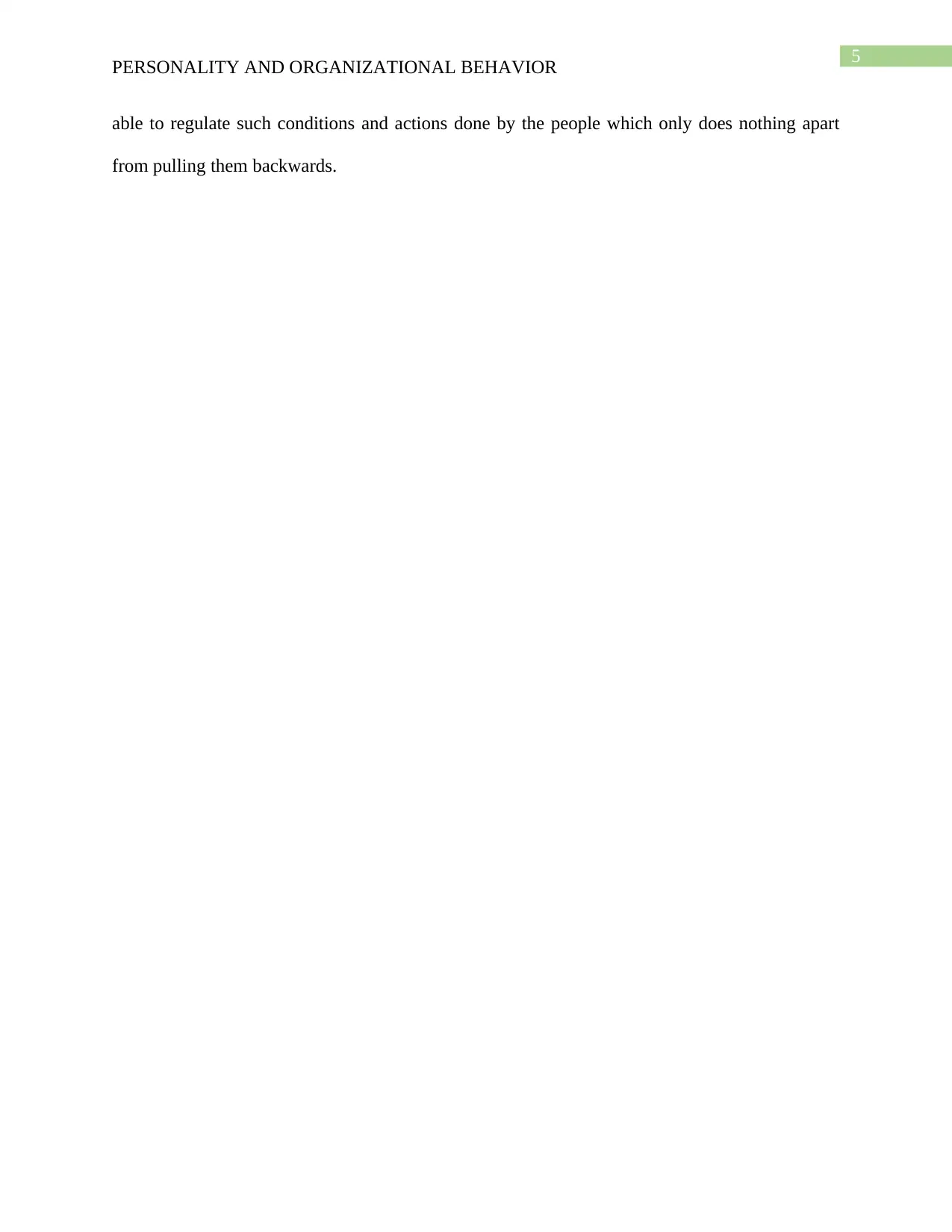
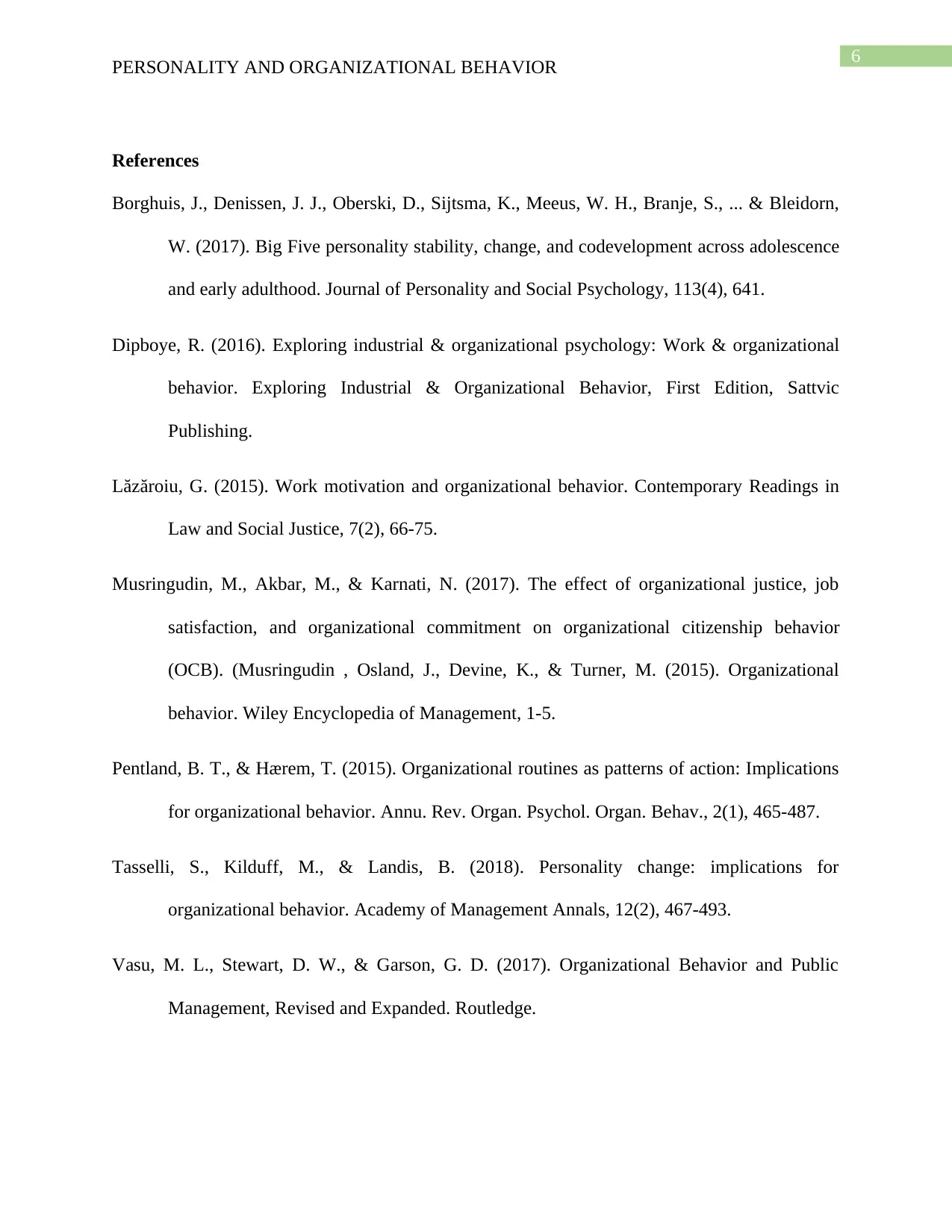
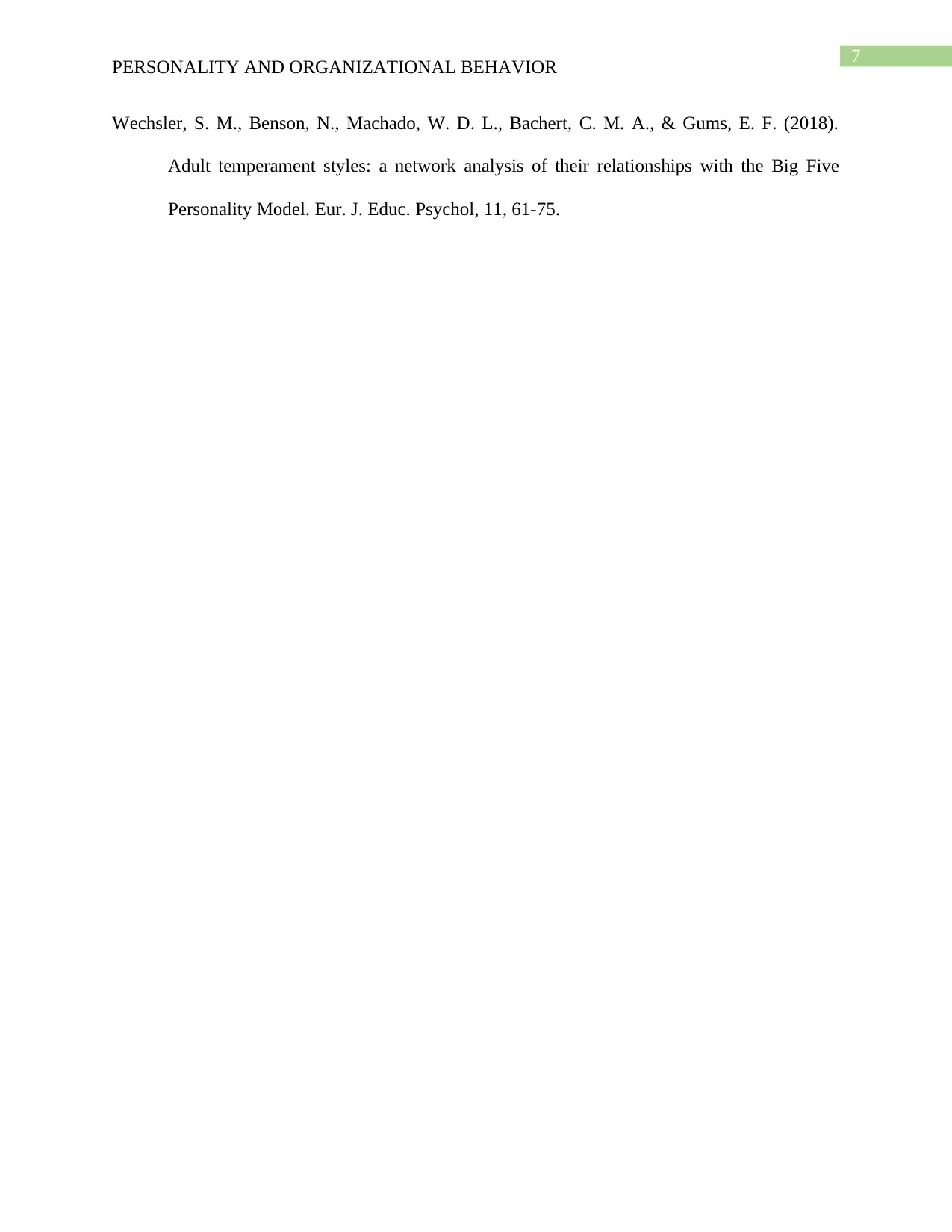






![[object Object]](/_next/static/media/star-bottom.7253800d.svg)